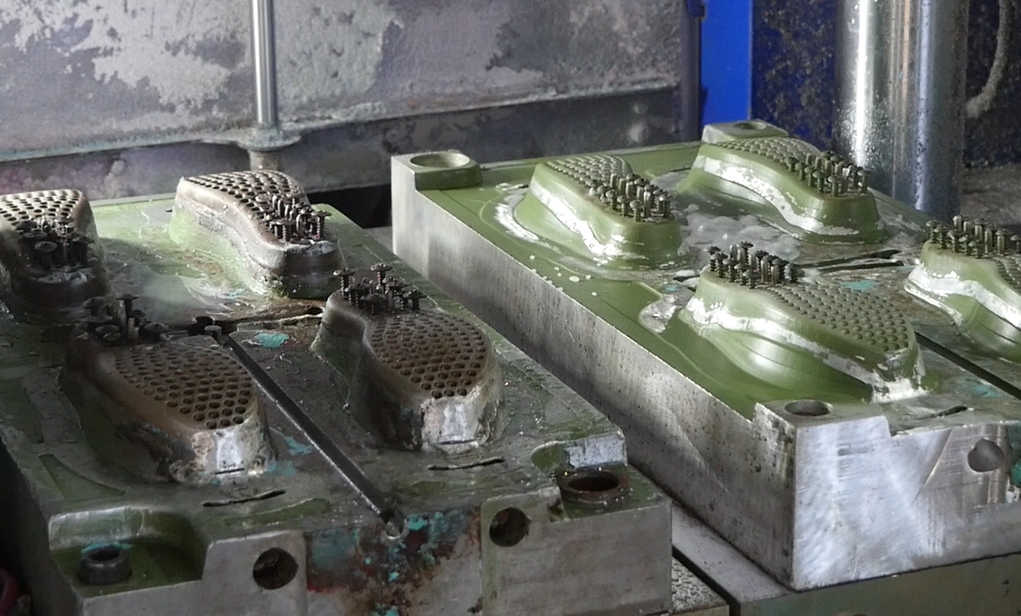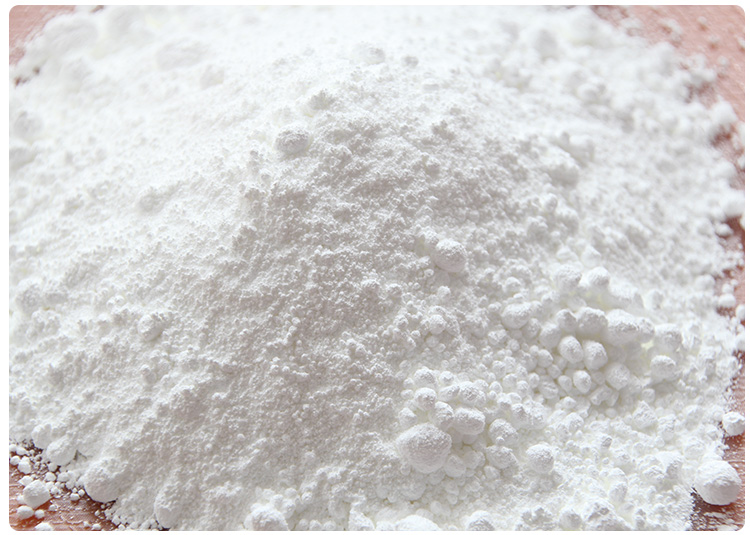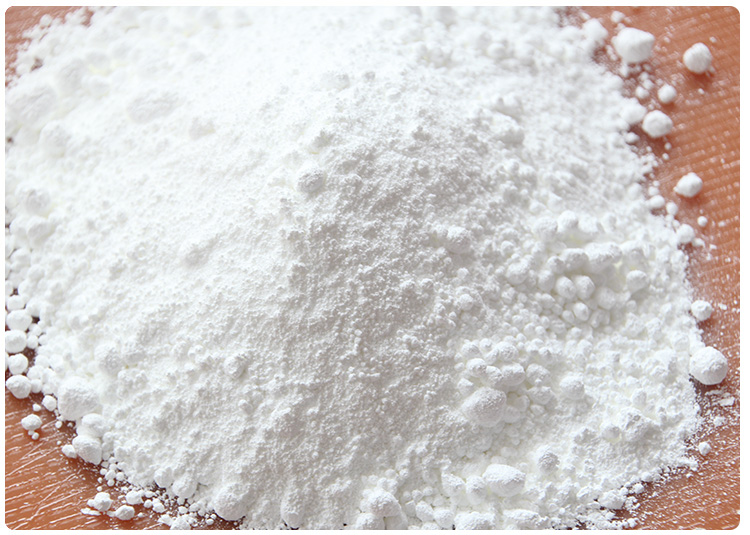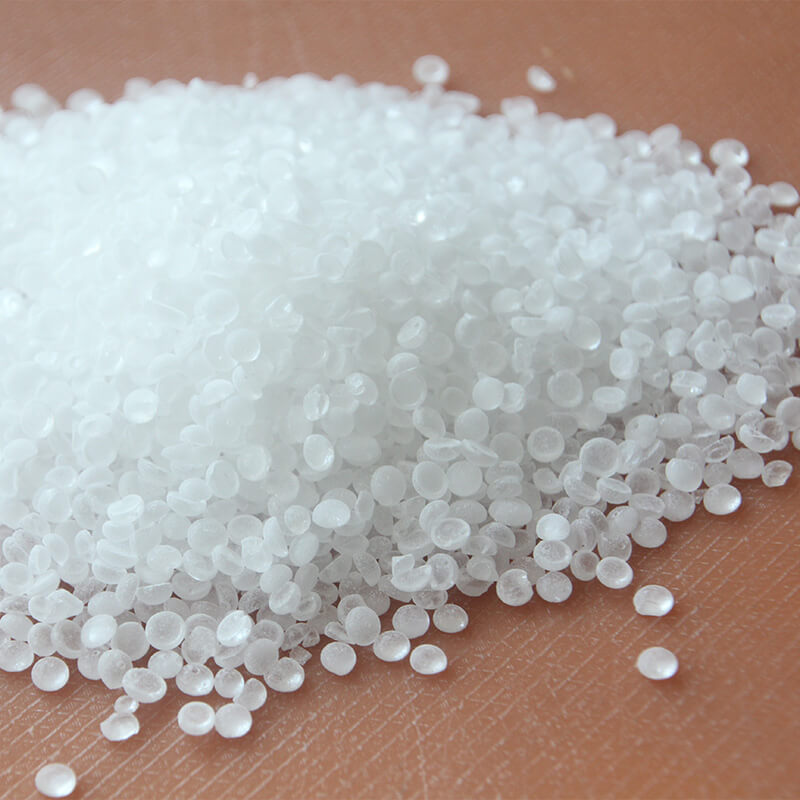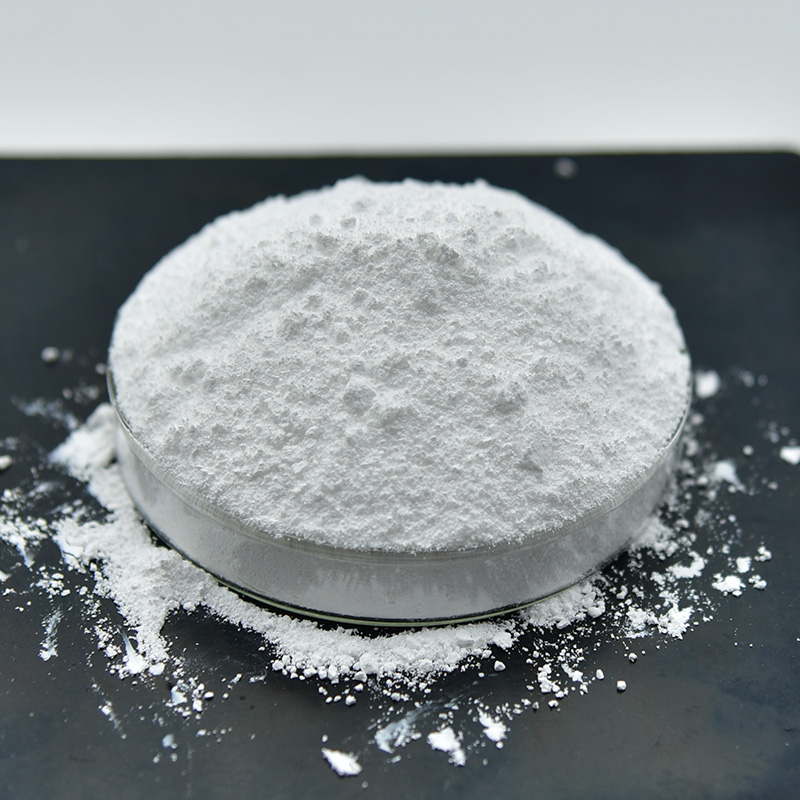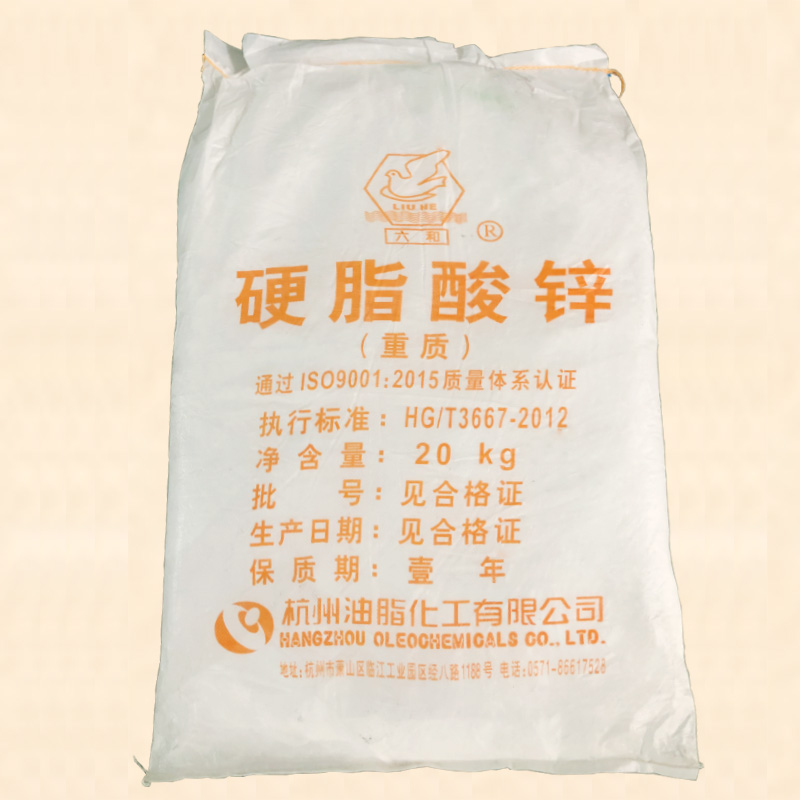What are the auxiliary materials of EVA foam raw materials
- Mingpai
- 2024-06-22 11:15:04
Auxiliary materials used in EVA foam production primarily include:
Fillers: Such as calcium carbonate or talc, added to reduce costs, increase volume, enhance hardness, or improve specific physical properties.
Blowing Agents: Like azodicarbonamide (AC) series, which decompose at elevated temperatures to generate gas, creating a cellular structure within the material.
Crosslinking Agents (or Crosslinkers): Examples include dicumyl peroxide (DCP), which facilitate cross-linking between EVA molecules, thereby enhancing the mechanical properties and stability of the foam.
Foaming Catalysts: Like zinc oxide, which accelerates the foaming process and controls the rate and effectiveness of foam formation.
Lubricants: Like stearic acid, these facilitate material flow during processing, reduce friction, and improve surface finish of the final product.
Modifiers: Including rubber, POE (polyoctenamer, a thermoplastic elastomer), TPR (thermoplastic rubber), etc., to enhance flexibility, strength, wear resistance, and other characteristics.
Curing Agents: Although not always required, they may be included in some formulations. Zinc oxide can also function as a curing aid, assisting in stabilizing the foam structure post-expansion.
These auxiliary materials, when mixed in specific proportions with the EVA base material and processed through meticulously designed formulations and techniques, enable the production of EVA foam tailored to diverse application requirements.
